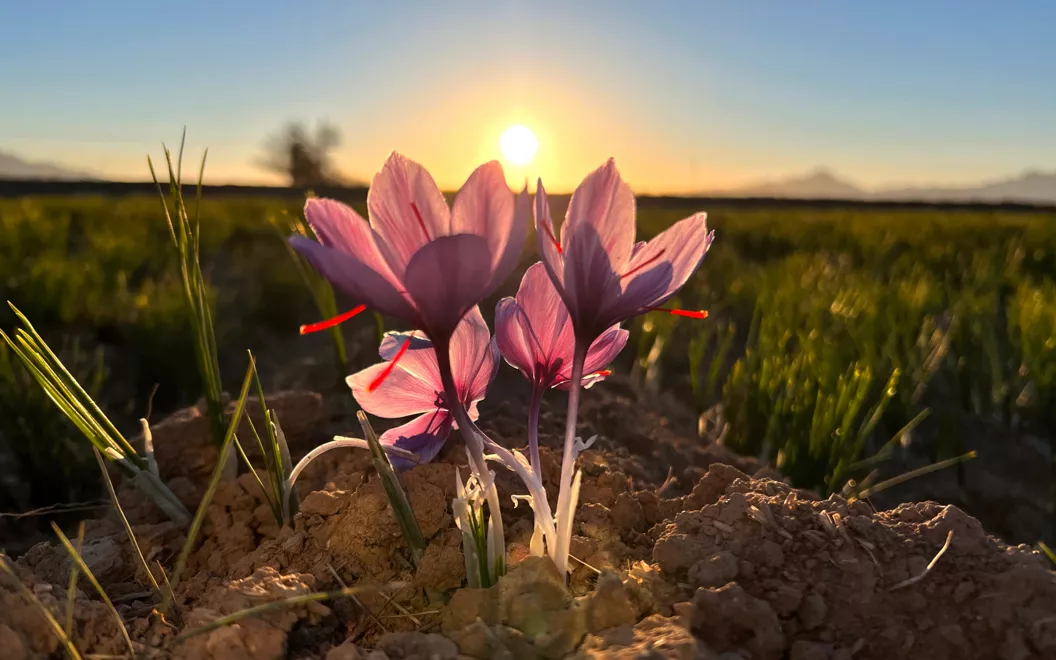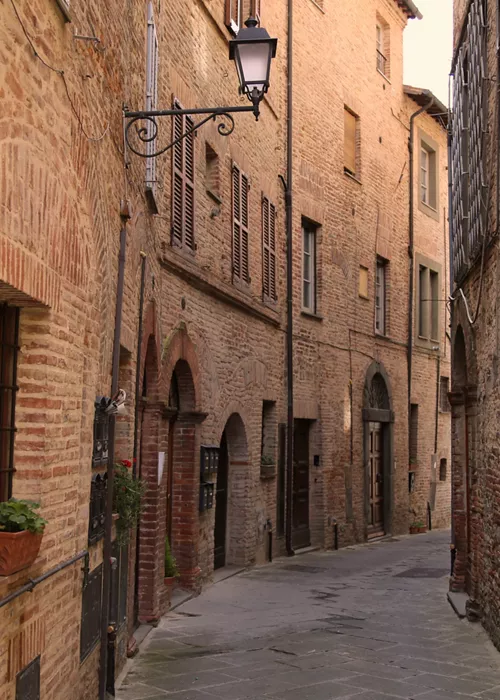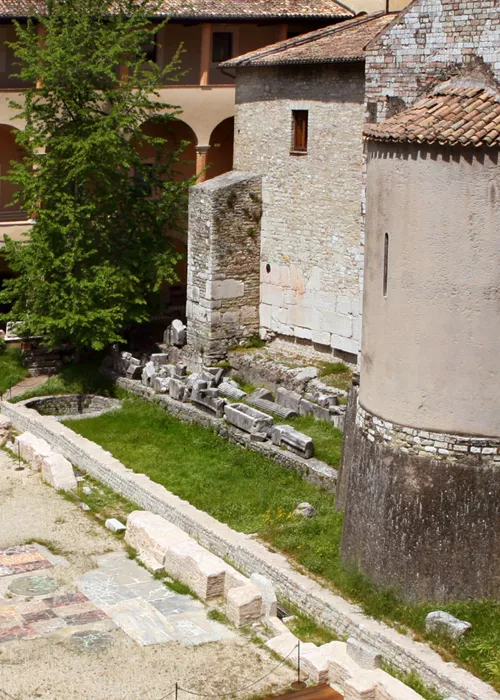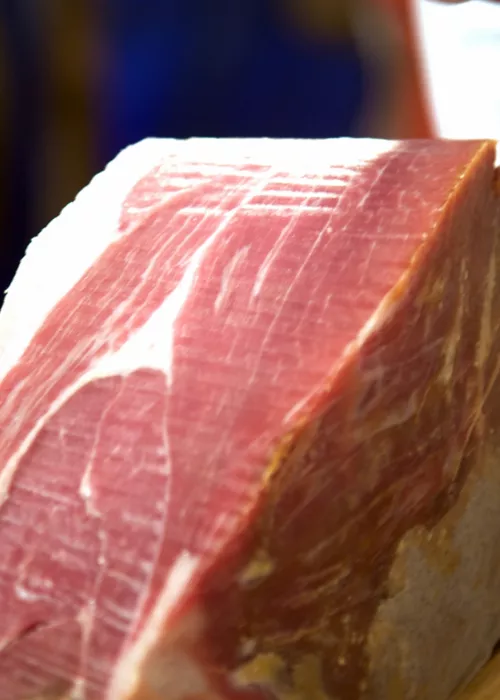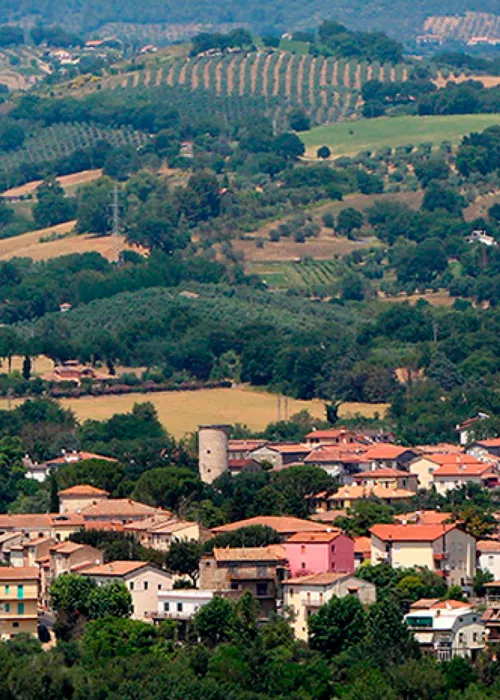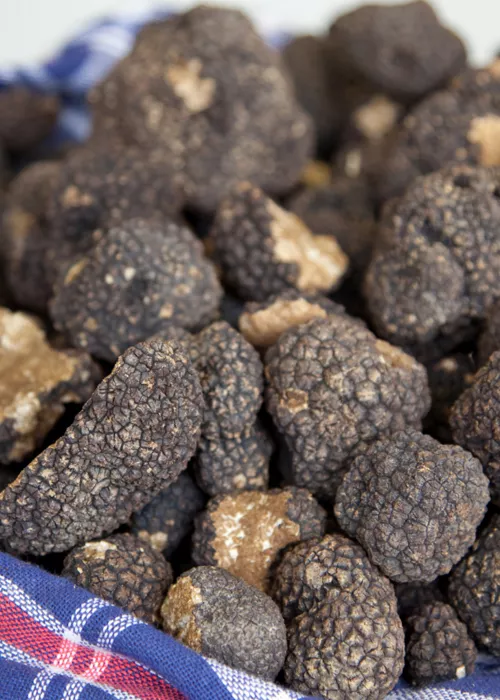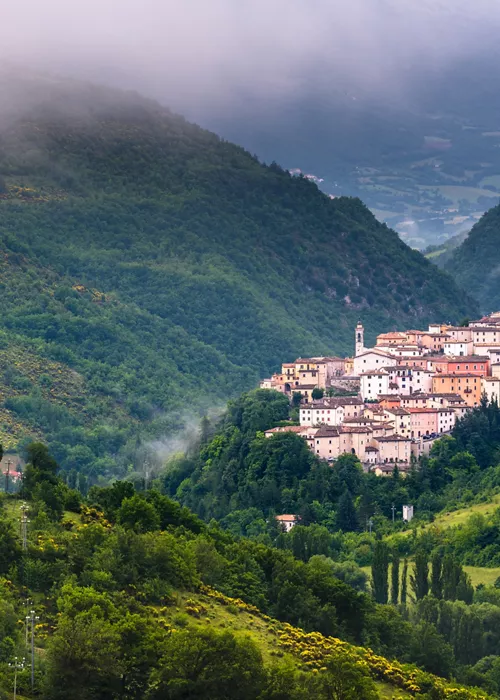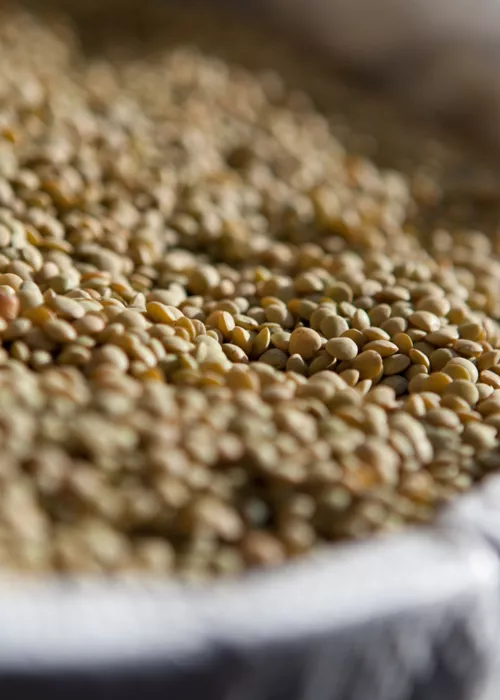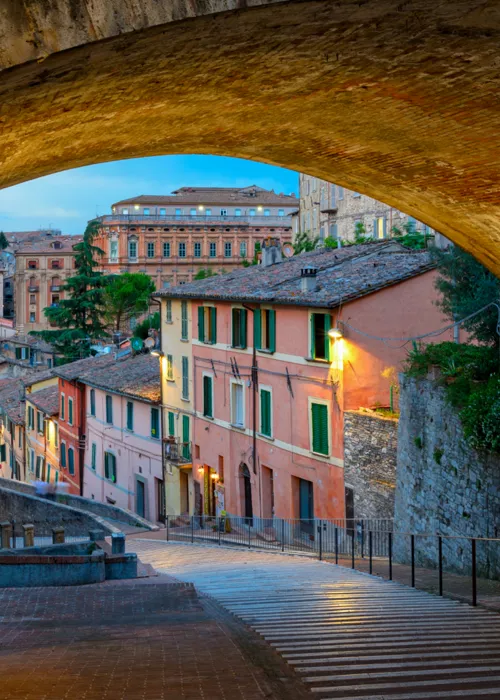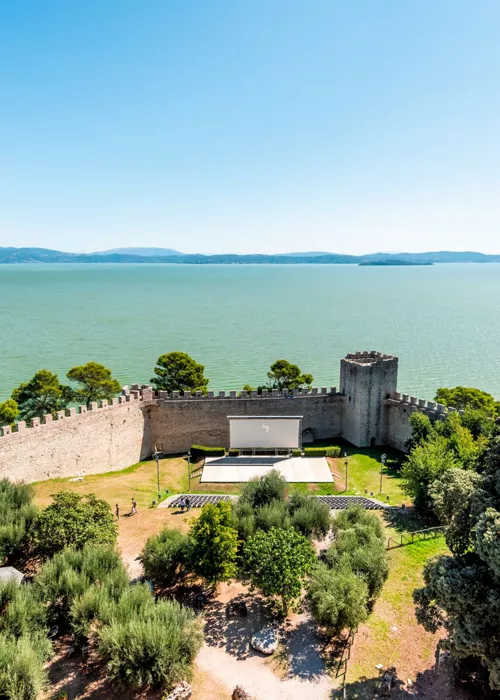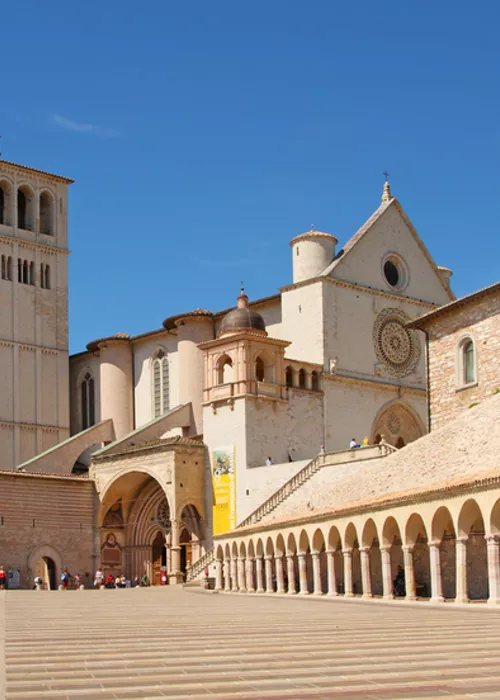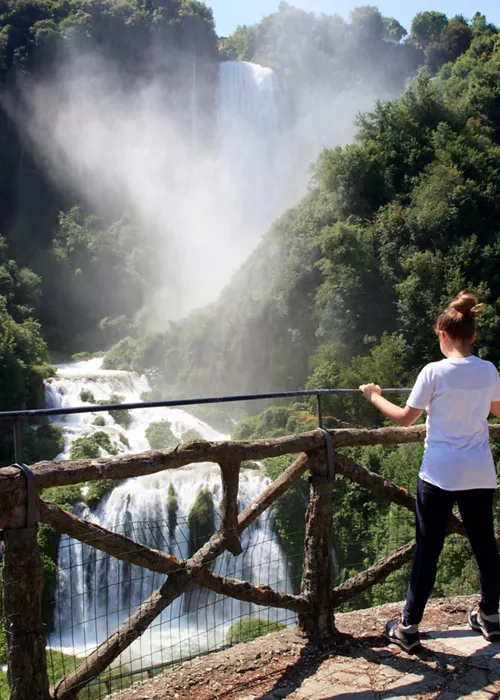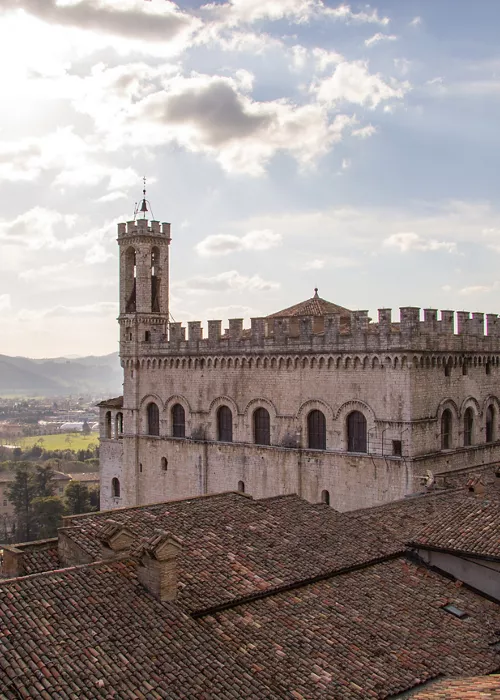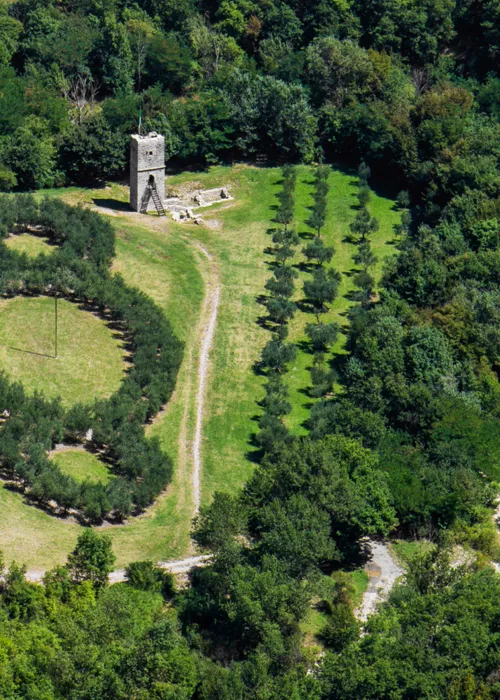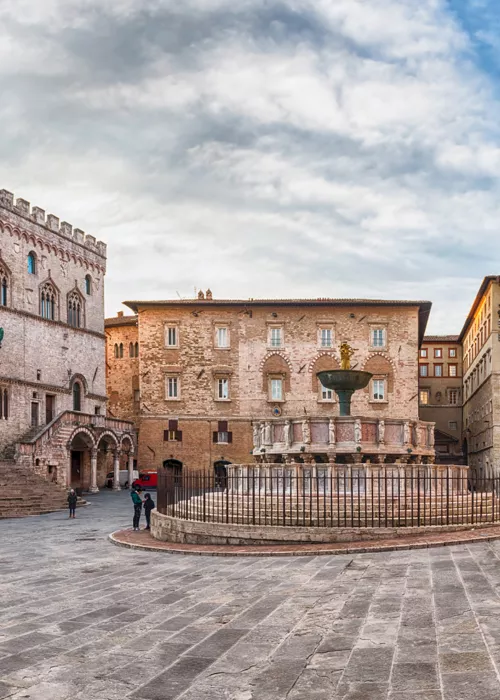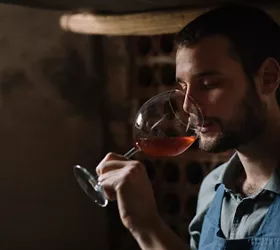Saffron in Umbria: the gem of enogastronomy
3 minutes
Spice enriching dishes with an aromatic, enveloping and refined note: this is Saffron, one of the most precious “gems” of Umbrian food and wine.
Historical background
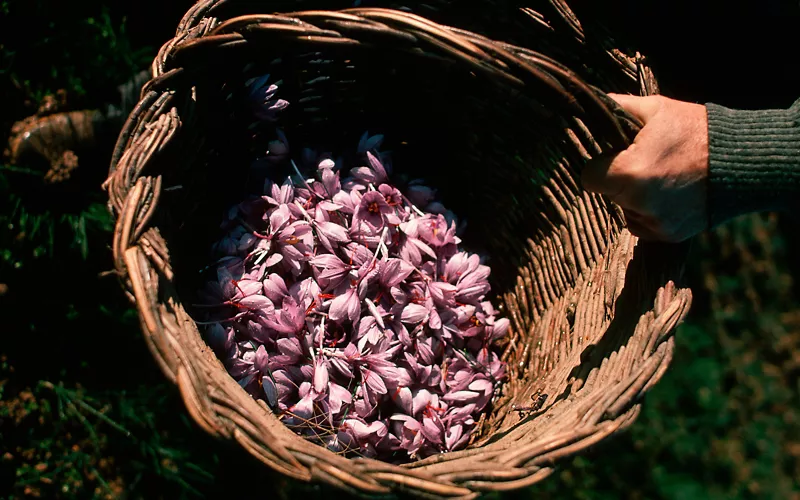
Saffron (Crocus Sativus), originally from Asia Minor, has been used since antiquity for dyeing, pharmacological, cosmetic and gastronomic purposes. The Arabs introduced it to the West with the name “za’faràn”.
Its properties were known to the Egyptians and it is first mentioned in the Bible. Homer mentions it in the Iliad, among the flowers on Zeus' bed of clouds. The Greek physician Hippocrates praised its pharmacological powers and Galen even prescribed it for all ills. Also known in India, Buddhist monks use saffron to dye their robes.
In Italy, especially in the central regions, it has been cultivated for centuries.
Saffron in Umbria is a real institution.
One of the region's oldest and most precious processing in the areas of Città della Pieve, Cascia, Gubbio and Spoleto.
Saffron production in Città della Pieve dates back to the 13th century: one of the oldest testimonies is that of 1279, in the Statute of Perugia, which forbade its planting by outsiders in the entire countryside and in Città della Pieve. Its preciousness was linked to the dyeing of fine fabrics.
Today, the consortium "Il croco di Pietro Perugino - Zafferano di Città della Pieve" consists of producer members who market it exclusively in threads, to guarantee its authenticity.
Every year, in the last week of October, the historic center of Città della Pieve hosts the Zafferiamo event to discover all the secrets of this spice with tastings, art exhibitions inspired by or created with saffron, and cooking workshops open to all.
The case of Cascia
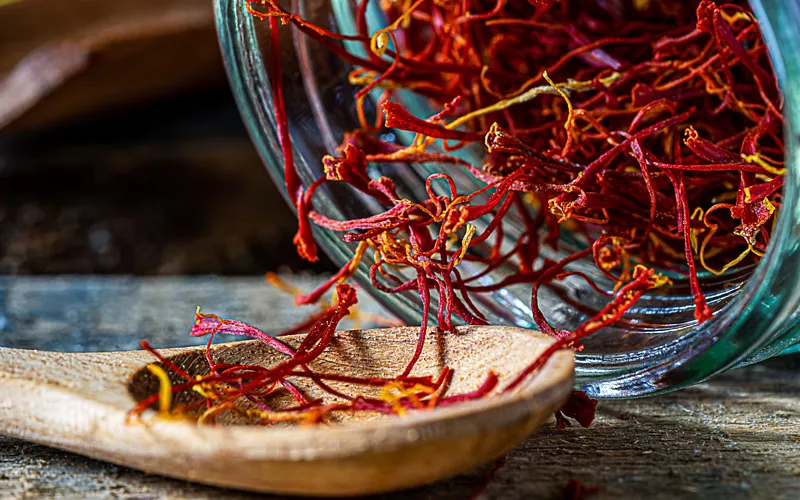
In Cascia, after being widespread in the Middle Ages, saffron production was only reintroduced in 1999. In 2003, the Associazione dello Zafferano di Cascia - Zafferano purissimo dell'Umbria (Cascia Saffron Association - Umbria's purest saffron) was founded, with around 23 producers, involving the entire Valnerina area. Every year, the minimum price of the product is set on 25 November, the feast day of St Catherine of Alexandria, following an ancient medieval tradition. In late October, if you are in the area, be sure to visit the Cascia Saffron Exhibition Market and stock up.
From Spoleto to Gubbio, no shortage of quality producers
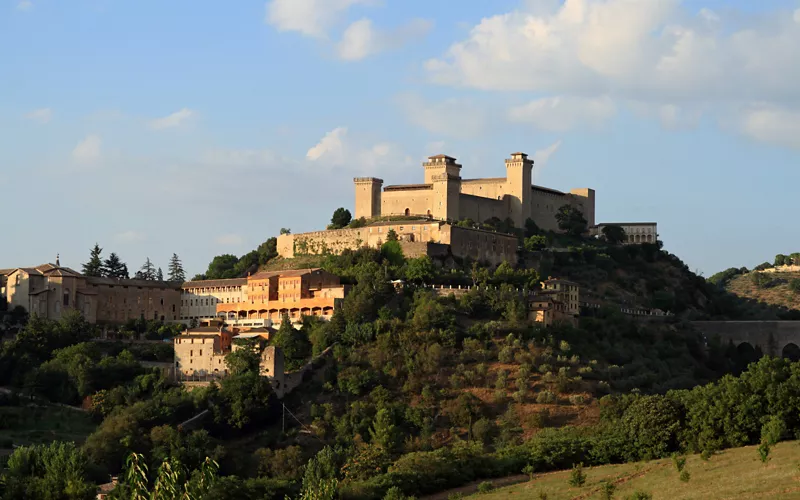
Various producers from the Spoleto area are united in the Zafferano del Ducato association, promoting this ‘red gold’ through events, festivals and market exhibitions in Italy and abroad. Many restaurants in Spoleto have maltagliati with saffron and chickpeas on the menu, a unique and delicious dish.
The Associazione Zafferano di Gubbio (Gubbio Saffron Association), on the other hand, was founded with the aim of some young people to revive and promote the production of the ancient spice. In the Gubbio area, some species of Crocus sativus have always grown spontaneously, especially near the oak forests typical of this region.
For years now, cultivation has resumed and today this excellent product represents an economic, tourist and cultural resource and, thanks to its unique characteristics, a defence of local traditions and the environment. When in town, you must try saffron rabbit, a dish with a strong flavour, sweetened by the delicacy of the white meat.
A delicate product requiring very special care
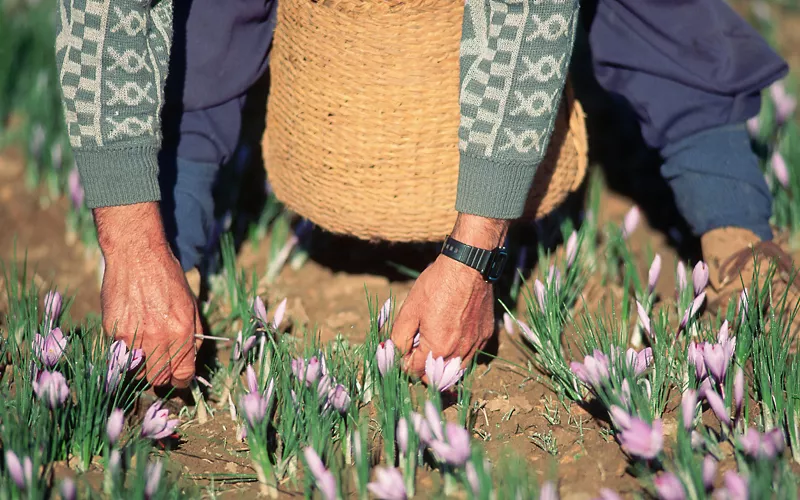
The value of saffron is linked to the care that goes into its cultivation. The flowers are harvested manually at the end of October and only in the early morning hours, as bright light could alter the organoleptic characteristics of the stigmas. Deep brick-red in colour, once dried over embers of forest wood, the stigmas can only be marketed if they are strictly intact, guaranteeing the authenticity of the product.
If you would like to learn more about saffron production, how it is harvested and how to taste saffron products, we recommend contacting the consortia, they can guide you through the many farms in the area.
In the “saffron cities”, you can buy pure saffron, to be added to recipes only after infusion, and saffron products.

